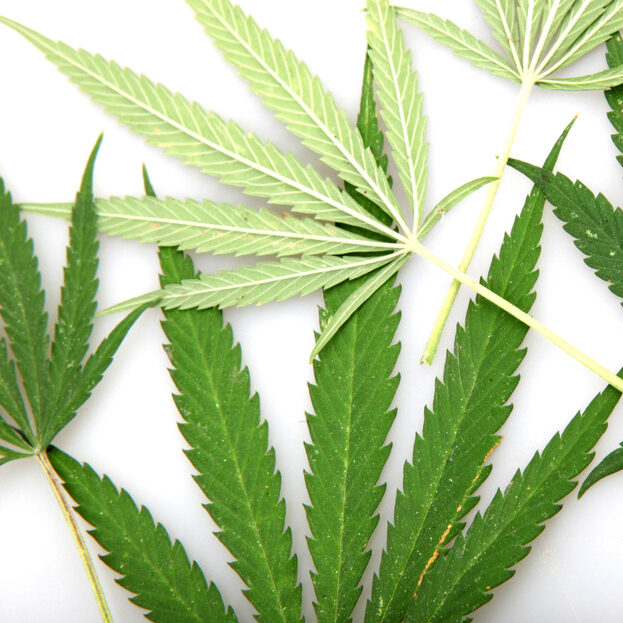Even though many people believe that medical marijuana must be smoked, it has been adapted for all patients, including those who cannot smoke due to heart, lung, or throat conditions, nausea, or aging.
- Sure, the most traditional way to use medical marijuana is by smoking, but smokeless options are becoming more and more available! Smoking is best for those without heart, throat, or lung concerns.
It provides immediate relief, but most cannabinoids are lost when smoking. Smoking is an affordable option that makes it easy to control how much you consume at once. It is most popular to use marijuana by smoking, but it can be drastic on the throat and lungs. Vaping is smoother than smoking, plus there is minimal loss of cannabinoids/terpenes. Vaping is better for heart patients. It provides quick relief. On top of that, it is self-explanatory to dose. Another option is dabbing, which is a fantastic remedy for patients who want quick relief, but it’s a complicated process that takes time to learn. It provides immediate relief with little smoke. The high potency concentration can also make some people feel uncomfortable. Tinctures are ideal for beginners. Additionally, they can be used to try new strains plus adjust the dosage. Put a few drops under your tongue where it enters the bloodstream. Tinctures are fantastic for patients who cannot or do not want to smoke. They are more absorbent plus predictable than other methods. Tinctures take effect quickly and last for a few hours. For patients on restricted diets or too nauseous to eat, they can take capsules. However, capsules should be taken with food and water. They take about a half an hour to kick in. Those who cannot smoke or need a long-acting solution should use edibles because it’s as simple as just eating them. The effects of edibles are difficult to predict since it can depend on what you ate that day or what was in your stomach at the time.
